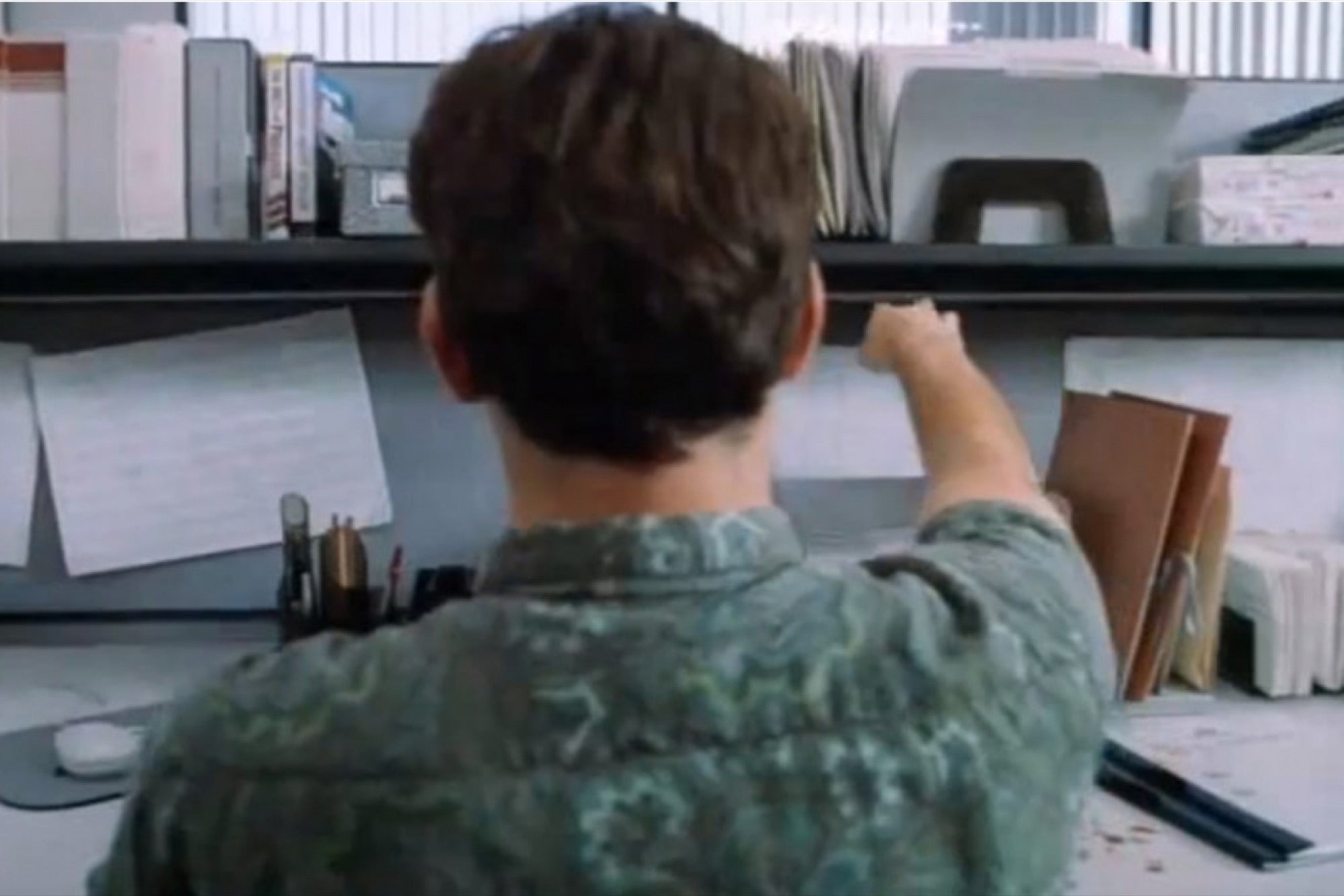Millennials: Death to the Cubicle! A human-centered design and flexibility in the workplace is all the younger generation is asking for.
By Christopher Kelly Edited by Dan Bova
Opinions expressed by Entrepreneur contributors are their own.

Millennials, who are professionally less loyal and more demanding than any generation that preceded them, became the largest population in the U.S. workforce this year and are projected to make up 30 percent of the nation's retail spending by 2020. Brands responding to their growing relevance are increasingly turning to human-centered designs to court their attention and buying power.
Related: Making the Business Case for Human-Centered Design
Human-centered design is a methodology in which research, observation, user engagement and empathy are used to innovate. It observes human behavior and envisions a way to do things more efficiently, enjoyably, productively and intuitively -- and then backs that into something that's both feasible and viable.
In other words, it develops iPhones, strollers and even cupholders that, after you experience them, you won't be able to live without.
Millennials and design
Human-centered design is being used not only to create better goods and services, but also to help companies compete for talent. Workspaces were initially designed for practicality. In fact, at the turn of the century, the modern office was modeled after Henry Ford's assembly line. Work was compartmentalized and organized linearly, and offices became cubical farms.
Today, collaborative work and the world are dynamic, unpredictable and fast-moving. The cost and burden of poorly designed, obsolete workplaces is too large to ignore -- and millennials are flat-out refusing to work in them.
Millennials have grown up understanding that work is an activity, not something that happens in any predetermined time or space. Accordingly, they insist on having the freedom to choose where and when they work, and they want to be measured on performance -- not face time or office politics. So how does that change the way our workplaces and workflows are designed?
Related: Cubicles Were Originally Designed to Set Us Free and Now They're Slowly Killing Us
Designing a human-centered workplace
When my company, Convene, built our office and conference centers, we focused on a number of key design principles that were created during the human-centered design process, including:
1. Activity-based workplaces. Activity-based workplaces allow employees to work freely from a variety of specialized spaces that are deliberately designed to support specific types of work. Collaboration might happen in a conference room, lounge or café, while phone calls or individual work that requires prolonged focus can be conducted in a closed, private setting.
2. Workplace hospitality. Service is to the built environment as software is to technology. Although it's intangible, service contributes to the user experience or feel of the space, and it informs the culture, work habits and flow of the space. If you don't know where to start, just serve great coffee, snacks and drinks every once in a while and see how that goes.
3. Flexible workplace policies. Millennials have replaced the concept of work-life balance with work-life integration. Workplace policies should reflect this. Measure results, not face time. Provide staff with the freedom to work at the office, at a coffee shop or at home -- and allow them to put in their hours at any time of day -- to get the most out of your hires.
4. Flat organizational designs. If your company has numerous managerial layers, consider minimizing its complexity and empowering all employees to take responsibility for their work. Without a large hierarchy, you can expect your team to be more adaptable and agile when it comes to change.
It's been said that the workplace is the body language of an organization. For that reason, its design must support and reinforce your organization's mission, values, culture and purpose -- all things millennials prize ahead of compensation.










